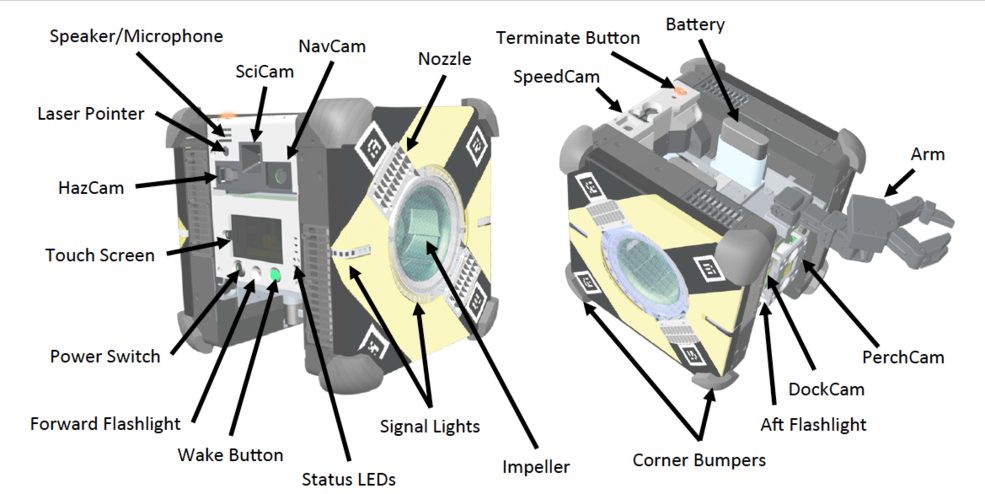Do you Want to Win $250 to $5000? Take NASA’s Robotic Arm Challenges
NASA has teamed up with Freelancer to introduce contests for novel and original designs for a robotic arm.
NASA has teamed up with Freelancer to crowdsource designs for a robotic arm for its new impressive Astrobee robot. The initiative will see NASA give out a total of $25,000 over the next few months in more than a dozen contests seeking solutions to pieces of the arm.
“Each contest has been defined to be solvable on its own, but you may choose to compete in as many contests as you wish. Winning solutions may be incorporated into the robotic arm design and used with Astrobee for years to come,” reads the Freelancer page.
The NASA Robotic Arm Challenges
The initiative is called the NASA Robotic Arm Challenges and will see each contest winner be awarded prizes ranging from $250 to $5000. Previous challenges have already produced novel “hall of fame” solutions such as 3D tools for robotic astronauts to smartwatch applications for station updates.
[see-also]
This initiative’s subject Astrobee is a robot currently under development by the NASA Game Changing Development Program and set to be launched to the International Space Station (ISS) in 2019.
According to NASA, the 1 foot by 1 foot by 1 foot cubic robot is being designed to “help scientists and engineers develop and test technologies for use in zero-gravity; help the astronauts do their routine chores; and give flight controllers in Houston additional eyes and ears on spacecraft.”
The self-flying Astrobee is one of the newest developments to come out of NASA’s SPHERES research. SPHERES is an acronym for “synchronized position hold engage and reorient experimental satellites” and consist of 3 free flying satellites on the ISS.
The tetragonal satellite robots have been cruising in the space station since 2006. It is estimated that they have spent about 600 hours in research experiments conceived by middle school students in competitions.
So far, however, they have not had a purpose beyond serving as a scientific platform. Now Astrobee is set to change that.
An astronaut’s assistant
Once completed, Astrobee is set to actually assist the ISS astronauts and has many capabilities such as analyzing air quality and retrieving the location of tools on board the ship. The robot will also feature an autonomous mode that can be implemented on expeditions outside the station such as trips to Mars.
Scientists on Earth can control Astrobees remotely enabling them to use the robots to interact with astronauts and experiments on the ISS. Impressively, Astrobees can recharge themselves on dock as opposed to the SPHERES robots that relied on disposable alkaline battery packs and tanks of CO2 propellant.

The robots also feature modular bays that can accept customized hardware such as instructions to perform housekeeping tasks. However, since Astrobees are designed to be so independent, they come with some very peculiar complications.
Their hardware needs to be so safe that even if all their software malfunctions, the robots would not damage the station. To address these concerns, NASA has had to test absolute worst case scenarios.
Via: Freelancer
 SHOW COMMENT ()
SHOW COMMENT ()










